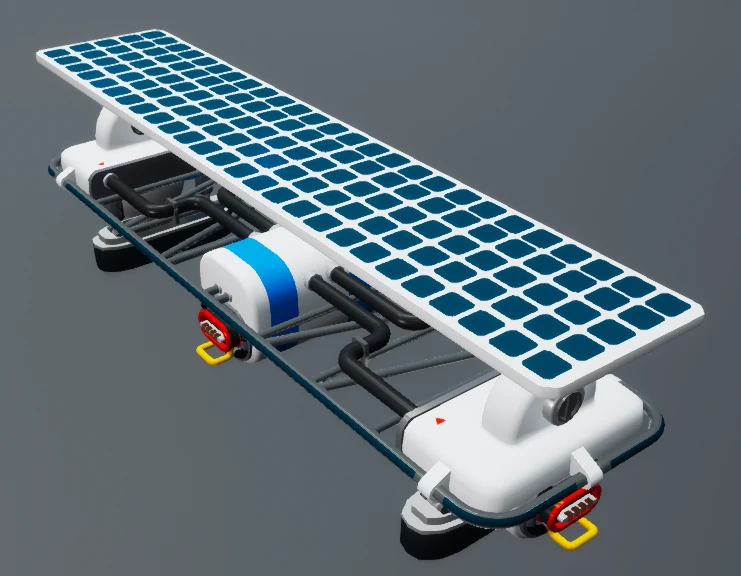Radioisotope thermoelectric generators rtgs the rtg systems are ideal for applications where solar panels cannot supply adequate power such as for spacecraft surveying planets far from the sun.
Rtgs vs solar panels.
A thermoelectric generator puts out almost twice as much power as a solar panel does over the entire orbit 4 275 c vs 2 850 c.
The mars exploration rovers spirit and opportunity obtained all their electrical power from solar panels.
1 solar panels can be made with safe readily available materials while rtgs require fuels that are difficult to safely handle and which are in limited and highly regulated supply.
Sometimes referred to as nuclear batteries rtgs are not fission reactors nor is the plutonium the type that is used for nuclear weapons.
Rtgs are usually the most desirable power source for unmaintained situations that need a few hundred watts or less of power for durations too long for fuel cells batteries or generators to provide economically and in places where solar cells are not practical.
Solar panels are very effective on clear days but less efficient on cloudy days although they do still work contrary to popular belief.
Rtgs or even reactors whch have more power solar is useless in comparsion for deep space at current tech levels or if a mission needs a lot of power.
Many long term campers like to install solar panels but then also have a small generator as a backup for those cloudy days when the solar power isn t quite enough.
Two alternatives rtg or solar were investigated in the mars science laboratory environmental impact statement.
Rtgs have been used on many national aeronautics and space administration nasa missions including the following.
If you re using more than 26 3 charge minute a probe unit uses 3 c min the batteries you d have to add to your ship make it lighter to opt for thermos.




























